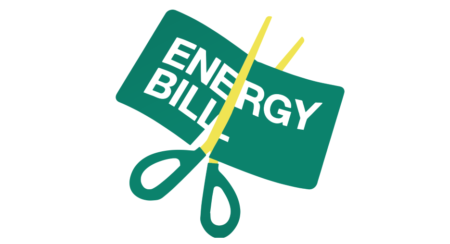LAST Friday the National Cabinet Meeting brought together ministers from federal, state and territory governments to talk about some big issues.
What issue is bigger at the moment than energy prices?
Wholesale energy prices for the September quarter were over three times higher than last year. The Federal Budget predicted that this will only keep rising.
With cost-of-living pressures being felt by everyone, a bit of relief is sorely needed.
This is where the four-pronged Energy Price Relief Plan comes in.
The first part of the plan involves a mandatory code of conduct for the gas industry. This includes a price cap of $12 per gigajoule of gas for new wholesale sales.
Price caps will also be introduced for coal in New South Wales and Queensland. This limit will be $125 per tonne.
Both of these measures will be temporary, finishing in twelve months.
The hope is that controlling the wholesale price of energy will have flow on effects for consumers and put downward pressure on energy bills.
Perhaps the most interesting part of this plan is up to $1.5 billion dedicated to directly supporting households and small businesses. This money will be split between states and territories and used to reduce power bills.
These discounts will be applied directly to power bills rather than through a cash handout. By doing this the Government hopes to not further fuel inflation and increase costs down the line.
Importantly, this will be targeted relief. That means Commonwealth Seniors Health Card holders, pensioners and others receiving income support payments will be getting the bulk of the discounts.
This part of the plan will also be temporary and is intended to start in the second quarter of next year.
The last step of the plan is to secure the future of energy in Australia. This involves the already announced Rewiring the Nation plan and the newly announced Capacity Investment Scheme.
Together the aim of these is to invest more in renewable energy and make Australia’s energy infrastructure more reliable.
Whether this will all actually help ease power bills is yet to be seen.
Treasury modelling estimates that all together this will save the average household $230 over a year compared to prices with no intervention. These impacts will be felt as soon as the June quarter next year.
But with such big price hikes expected, this will likely only mean the increase to bills is less than it would otherwise have been. It might be a long wait before any real decrease to power bills is seen.
